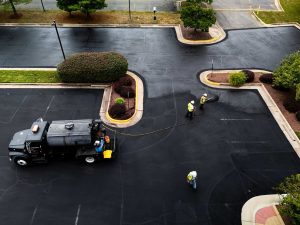Links
Dominion Paving
Purcellville Office:
290 N Brewster Ln
Purcellville, VA 20132
At Dominion Paving & Sealing we put our trust in our partners and our people. We exceed expectations by delivering exceptional paving solutions that not only transform spaces but also reflect the dedication and skill of our team.
Dominion Paving & Sealing is an equal opportunity employer and makes employment decisions without regard to race, color, religion, sex, sexual orientation, gender identity, national origin, veteran status, disability status, age, or any other status protected by law.
EEO is the Law | EEO is the Law – en Espanol | E-Verify Participation | E-Verify Participation – en Espanol | Pay Transparency Policy Statement.
If you have a disability and would like to request an accommodation in order to apply for a position you may contact us by clicking here . Please indicate if you would prefer a response via email or phone.
©️️️️️️️ Copyright 2023 Dominion Paving | All rights reserved | Built, Powered & Developed by: Youtech.










